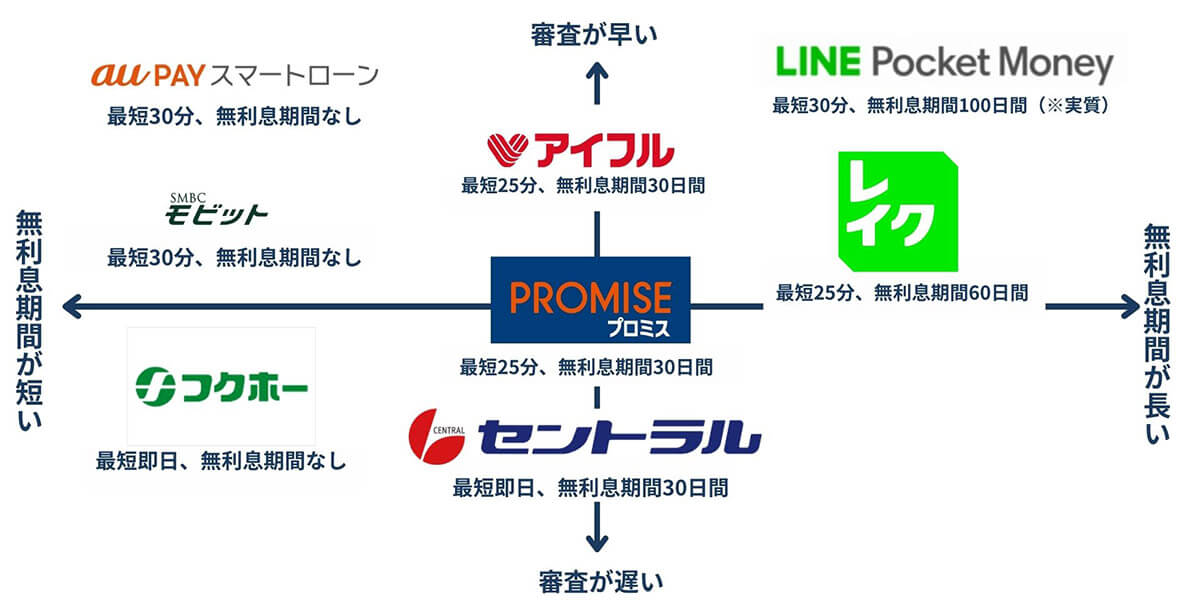Loan Options|

본문
 When it comes to borrowing money, individuals often have to choose between secured and unsecured loans. While both types of financial products can be used for various purposes, such as covering unexpected expenses, financing a big purchase, or paying bills, they have distinct characteristics that can affect the borrower's financial situation.
When it comes to borrowing money, individuals often have to choose between secured and unsecured loans. While both types of financial products can be used for various purposes, such as covering unexpected expenses, financing a big purchase, or paying bills, they have distinct characteristics that can affect the borrower's financial situation.One of the primary differences between secured and unsecured loans lies in the collateral required. Secured loans, as the description indicates, require the borrower to provide collateral or security, which can be a valuable asset, vehicle, or any other valuable asset. This collateral serves as a guarantee for the bank in case the borrower fails to repay the loan. In return, lenders offer favorable interest rates and more lenient repayment terms, as they have a lesser risk of non-payment. Examples of secured loans include home loans, home equity loans, and car loans.
On the other hand, unsecured loans do not require collateral. Instead, they rely on the borrower's credit score and income to evaluate their creditworthiness. Unsecured loans can be more challenging to obtain for individuals with poor credit history or those who have made financial commitments. However, unsecured loans are often favored by borrowers who desire adjustability in their loan terms or those who do not have any valuable assets to offer as collateral. Examples of unsecured loans include personal loans, credit card debt, and student loans.
Another significant difference between secured and unsecured loans is the interest rate. Secured loans usually offer lower interest rates compared to unsecured loans, as lenders have a lesser risk of default. The interest rate on secured loans can be as low as 3-5% annual percentage rate, depending on the loan length and the value of the collateral. In contrast, unsecured loans may bear interest rates ranging from 6-20% annual percentage rate, depending on the borrower's credit score and additional factors.
Repayment terms also differ between secured and unsecured loans. Secured loans often have longer repayment periods, usually ranging from 15 to 30 years for mortgages and 5-7 years for car loans. This permits borrowers to spread the repayments over a longer period, making them more digestible. Unsecured loans, on the other hand, usually have briefer repayment periods, such as 3-5 years for personal loans or credit cards.
In conclusion, secured and 中小消費者金融 即日 unsecured loans offer distinct benefits and disadvantages. While secured loans may provide better interest rates and longer repayment terms, they demand the borrower to provide collateral, which can be a significant risk. Unsecured loans, on the other hand, do not demand collateral but often carry higher interest rates and shorter repayment terms. Borrowers should closely consider their financial situation, credit score, and loan options before making a decision.

댓글목록0
댓글 포인트 안내